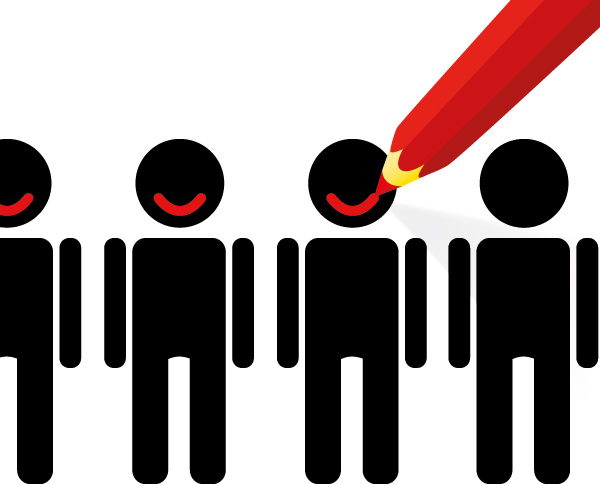The sales process used to be linear. From MQLs to SQLs, marketers and salespeople alike practically spoke a different language – and that was just a few years ago. The sales funnel was just that, a funnel. And the weird thing about it (for me, at least) is that everything that goes into a funnel, comes out – just at a slower rate. It doesn’t seem like a good sales [or marketing] model from the get go; however, for decades this was how businesses described their sales model. Fast-forward to 2016, and we’re throwing around terms like customer engagement, customer experience and customer-centricity. Marketing and sales are completely different animals now, and here’s what you need to know to about how customer experience marketing is changing.
Customer experience marketing puts the customer at the center of marketing efforts. You may be thinking to yourself, “Our current marketing strategy firmly places emphasis on our customers.” And that’s cool. We all like to think that. But let me challenge you… Does your current marketing strategy extend through the life of a customer’s relationship with your brand or does it stop once they make a purchase? Many organizations put a great deal of focus on marketing during the lead or prospect phase of a customer’s lifecycle in an effort to inform and convince leads to become customers; however, once a contract is signed or a barcode is scanned, the relationship is over.
By marketing to customers throughout the course of their lifecycle or journey with a brand, organizations can build customer engagement and loyalty.
Customers associate brands with experiences. From the look and feel of a website to a friendly and helpful customer service agent, how brands interact with customers shapes their opinions on products and services. As a mom of two boys, I can tell you Super Target is one of my favorite places to shop on the weekend. I can buy groceries as well as birthday party gifts, clothes for the kids, and even a few things for myself (like a Starbucks coffee) all in one easy to maneuver store. It’s my go-to, one-stop shop that gives me more time to spend with my boys instead of waiting in lines and searching for items in other shops. I’m willing to spend a little bit more at Target if it means I don’t have to go to three different stores to find the same thing at a lower cost. Target knows time is important to folks like me and they make it easy to do business. I dig it.
As consumers, we’re demanding more and more of the brands we’re loyal to and interested in. Just one bad experience can cause us to never order anything else from XYZ company and share our feelings with the world via Yelp, Facebook, G2 Crowd, and so on. Not only can organizations lose one customer with a bad experience, but they could also be losing hundreds, maybe thousands, because of a negative review.
It’s imperative for brands to consider their marketing process as a lifecycle or relationship. The first thing brands need to accomplish is to gain the interest of prospective clients. Then, over time, building engagement and trust through personalized communications such as email, social media and yes, even an old-fashioned handwritten note. In today’s world of “now,” brands have to stand out, be consistent and offer value.
If your customers had to use one word to describe your customer experience marketing, what would it be?

